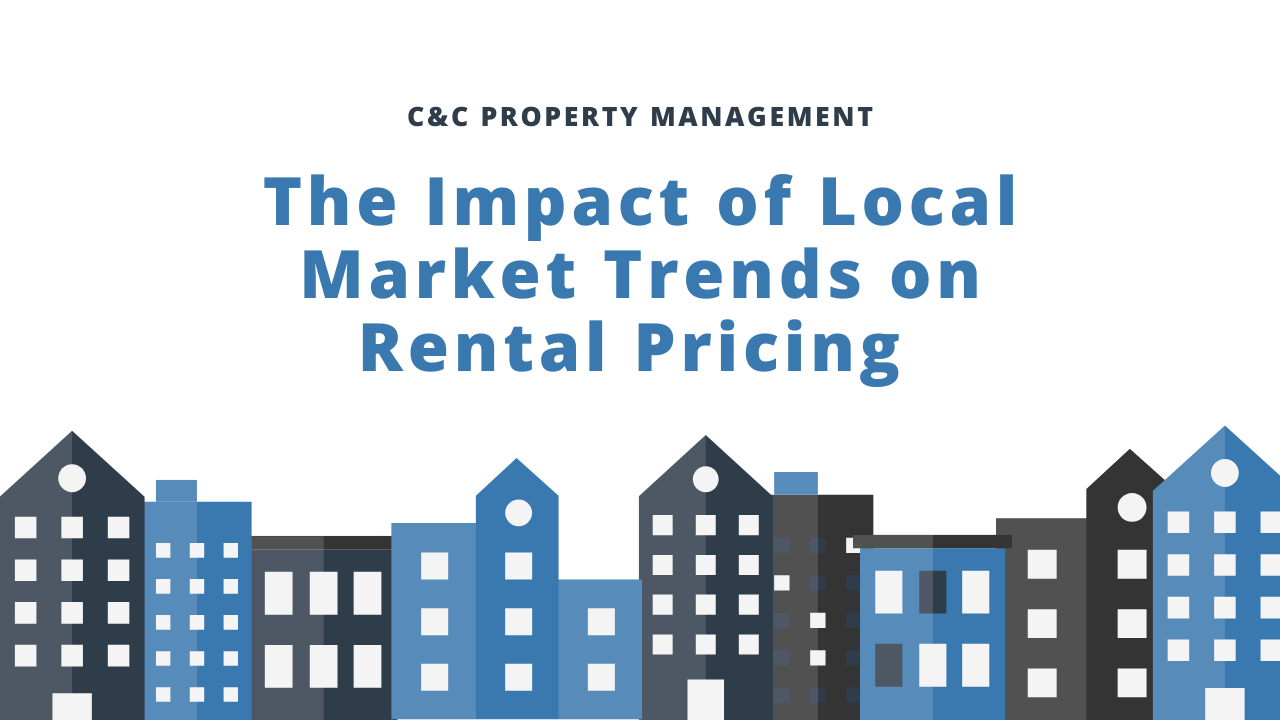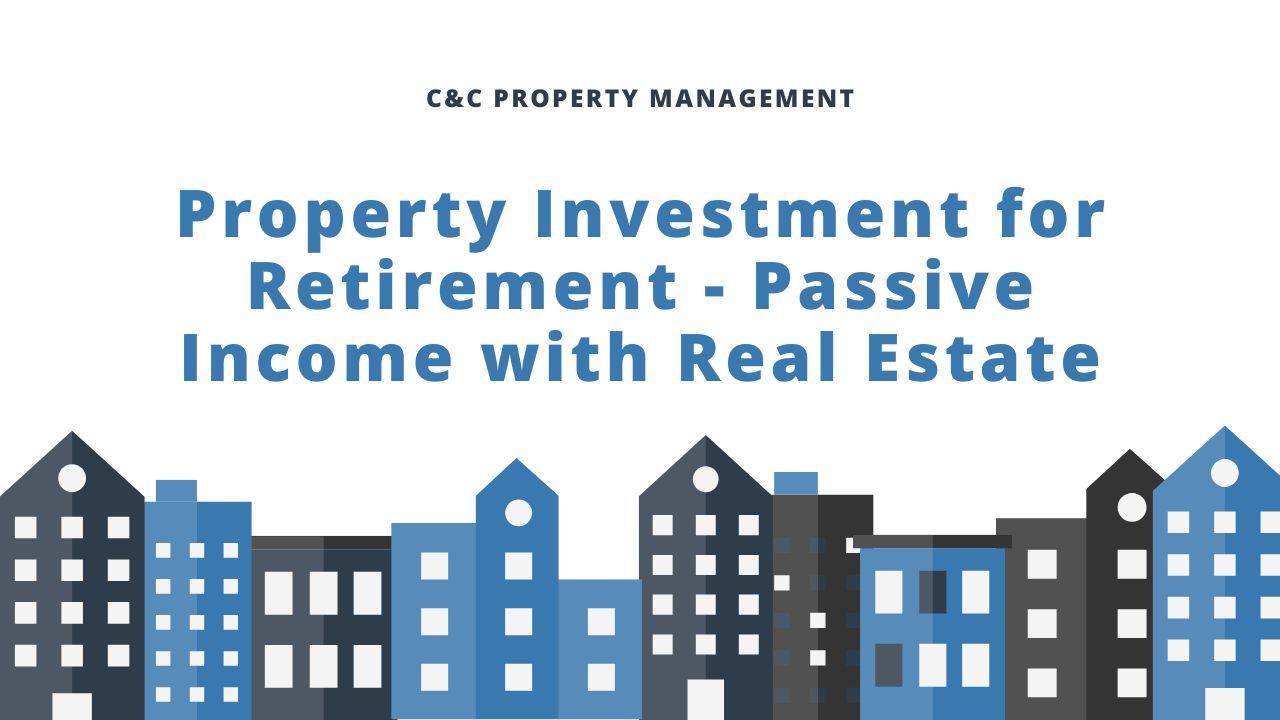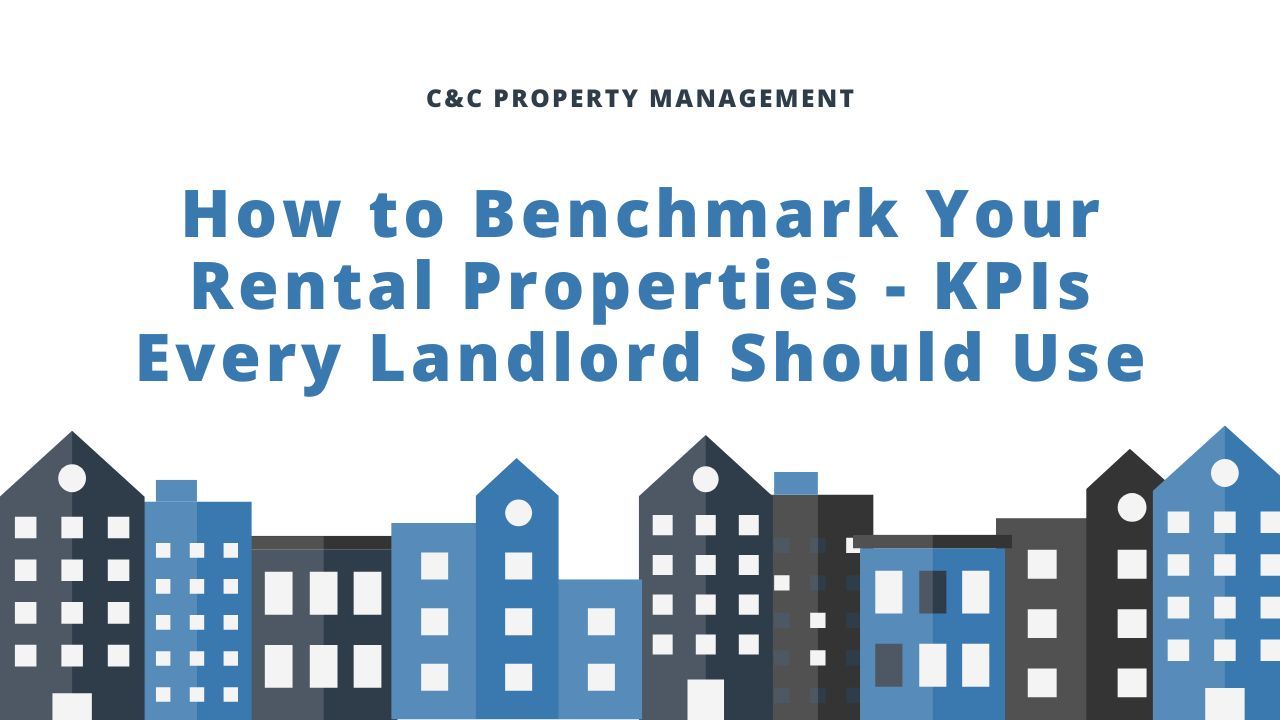The Impact of Local Market Trends on Rental Pricing

Key Takeaways
- Rental prices are primarily driven by the balance of supply and demand, local economic health, and neighborhood infrastructure changes.
- Housing policy (like rent control) and the availability of competing options (like short-term rentals and homeownership) directly influence market rates and tenant pool size.
- Landlords should use technology and professional property management to stay proactive, monitor market transparency, and set competitive, informed rental rates.
Understanding Local Market Trends and Your Rental Strategy
Have you noticed how quickly rental prices can change in your area? One month, it feels like every property is in demand, and the next, landlords are lowering prices to attract tenants. These shifts are not random. They reflect broader trends within the local housing market that directly affect what landlords can reasonably charge.
Understanding these local trends is crucial for landlords who want to maximize income while keeping their properties occupied. To help make sense of these changes,
C&C Property Management put together this article that explains the key factors driving rental prices and how you can adapt.
Supply and Demand Pressures
At the heart of any rental market is the balance between
supply and demand. When more tenants are looking for housing than there are available units, rental prices rise. On the other hand, if new construction adds hundreds of apartments or homes to a neighborhood, prices can soften as tenants have more choices.
In places like Central California, seasonal demand also plays a role. College towns experience higher demand at the start of each academic year, while agricultural regions see fluctuations tied to seasonal employment. Landlords who monitor these patterns can better predict when to adjust their pricing.
Local Economic Conditions
Employment opportunities in a city or region strongly influence rental demand. A major employer expanding in the area can attract new residents, pushing demand higher. Conversely, layoffs or business closures can reduce the number of potential tenants.
In Fresno, for example, job growth in healthcare and logistics has led to steady population increases, which in turn has supported a stronger rental market. On the other hand, broader economic factors like inflation or
rising interest rates can limit what tenants can afford, even if demand remains high.
Factors Shaping Rental Value
Neighborhood and Infrastructure Changes
Rental prices are also shaped by neighborhood-level developments. Improvements such as new schools, public transportation routes, or shopping centers can increase the appeal of a location. Safer streets and upgraded parks can also raise the perceived value of living in the area.

However, gentrification or redevelopment can create both opportunities and challenges. While property values and rents may rise, landlords should be mindful of tenant affordability and potential turnover. Keeping an eye on city planning announcements helps landlords anticipate these shifts.
The Role of Housing Policy
Government policies and regulations often influence rental pricing. Rent control laws, zoning restrictions, and landlord-tenant rules vary from city to city and can set limits on how much landlords can increase rent. For example, in California, statewide rent control caps annual increases for certain properties.
Tax incentives, housing subsidies, or development restrictions also affect supply. Landlords who stay informed about these regulations can avoid costly compliance mistakes and position themselves competitively within the market.
Market Dynamics and Technology
Competing Housing Options
The presence of alternative housing choices, such as short-term rentals, impacts long-term rental pricing. Platforms that allow homeowners to list properties for temporary stays can reduce available housing supply for traditional renters, pushing prices up.
Similarly, when homeownership becomes less affordable due to high mortgage rates, more people turn to renting, which increases demand. In contrast, if buying becomes more affordable, some renters leave the rental market, reducing pressure on rents. Understanding these cycles helps landlords set realistic expectations.
Technology and Market Transparency
Tenants today have access to online tools that make it easy to compare rental prices across neighborhoods. This
transparency
keeps landlords accountable to market conditions. If your property is priced much higher than similar options nearby, tenants will notice.

At the same time, landlords can use the same technology to their advantage. Pricing software, market data, and listing platforms provide insights into what tenants are willing to pay. Landlords who use these tools often stay ahead of the competition.
Strategies for Landlords
For landlords, adapting to local market trends is about being proactive rather than reactive. Monitoring vacancy rates, reviewing neighborhood developments, and staying informed about city policies allows you to set prices that attract tenants without leaving money on the table.
Working with a property management company can make this process easier. They track these trends daily, handle market research, and advise on the best strategies for pricing, advertising, and tenant retention. This professional insight often leads to more stable rental income.
Bottom Line
Local market trends play a major role in shaping rental prices. Everything from supply and demand pressures to neighborhood developments and housing regulations influences what tenants can afford and what landlords can expect to earn. By paying attention to these factors, landlords can stay competitive while keeping their properties occupied.
C&C Property Management helps landlords navigate these market changes with confidence. Our team monitors local conditions, applies proven pricing strategies, and ensures compliance with regulations. If you want expert support in setting the right rental rates and reducing vacancy risk,
reach out to C&C Property Management today and let us help you get the most from your investment.









